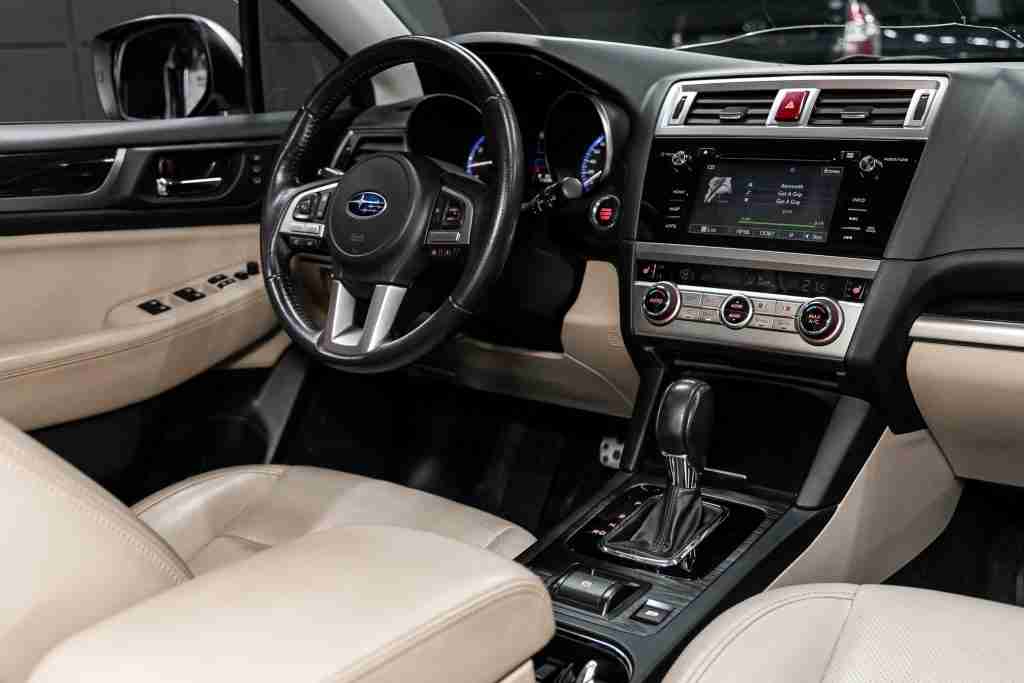The Subaru Outback has long been heralded as a beacon of reliability in the automotive world, effortlessly blending robust engineering with the versatility that adventure-seekers crave. Choosing the right vehicle often requires keen insight into its history, especially for models that have firmly established themselves over the years. In this buyer’s guide, we embark on an exhaustive examination of the Subaru Outback’s reliability across various model years. Let’s delve into this venerable vehicle, focusing on what buyers can expect in terms of durability, maintenance, and performance.
First, it is crucial to understand that the Subaru Outback was conceived as a crossover that bridges the gap between a wagon and an SUV. Its unique design has not only captivated outdoor enthusiasts but has also served as a reliable transport option for family outings and daily commuting alike. The vehicle’s roots trace back to 1994, and since then, the Outback has undergone numerous iterations, each reflecting the evolving needs of consumers.
1995-1999: The Advent of the Outback
The Outback debuted as a trim level of the Subaru Legacy, and it quickly garnered attention for its ruggedness. This era introduced the brand’s renowned all-wheel-drive system, a hallmark that would define its appeal. Consumers generally report high satisfaction regarding the reliability of these early models, particularly with their sturdy build and dependable engines. However, some owners experienced issues related to head gaskets, particularly in the 1996 and 1997 models. It’s advisable for potential buyers to look for complete maintenance records, as regular oil changes and timely repairs can mitigate these concerns significantly.
2000-2004: Refinement and Safety Enhancements
As the Outback entered the new millennium, significant improvements were made in terms of safety and performance. The 2000 model year marked a notable redesign, offering enhanced interior amenities and superior crash test ratings. Owners of these models have generally reported solid reliability, with engine problems becoming increasingly rare. The only considerable drawback in this period is the 2001 Outback, notorious for a problematic automatic transmission. Ensuring that a potential purchase has undergone proper maintenance can forestall potential headaches.
2005-2009: A Technological Leap
This era saw the incorporation of advanced technology, making the Outback not just reliable but also comfortable for long drives. The 2005 version received accolades for its spacious cabin and superior handling. Additionally, owners appreciated the fuel efficiency offered by its robust engine. However, the 2006 model year revealed some transmission issues, with consumers reporting slipping and shuddering. While such problems can be a concern, many owners express satisfaction with their vehicles when kept in good working condition. It’s advisable to keep an ear out for any unusual sounds that may indicate underlying issues.
2010-2014: Evolution of Style and Efficiency
The Outback evolved to offer a stronger presence on the road and incorporates more aggressive styling. Moreover, highways and back roads became even more enjoyable with improved fuel efficiency. The brand’s commitment to reliability remained steadfast, with the 2010-2011 models receiving high marks in owner satisfaction polls. Minor complaints regarding the infotainment system, specifically its learning curve, do exist. Nevertheless, the majority of users laud the overall durability of these vehicles.
2015-2019: Luxury Meets Utility
As Subaru entered the mid-2010s, it began to emphasize a more luxurious touch. The interior quality, technology, and safety features reached new heights, providing ample reasons for potential buyers to consider it a worthwhile investment. Positive reports about the 2015-2017 Outback models heavy on reliability emerged, but there were some murmurs about premature brake wear. It’s wise for potential buyers to inspect brake pads and discs when evaluating these models.
2020-Present: Cutting Edge Performance
The latest Subaru Outback models continue the trend of reliable performance while integrating cutting-edge technology and comfort. The newer editions sport Subaru’s EyeSight Driver Assist Technology, which has received rave reviews for safety. As of now, it’s still early to fully assess long-term reliability, but initial reports suggest a continuation of Subaru’s strong legacy. Buyers today seek a balance of hybrid options and fuel efficiency, which these models deliver effectively. Be mindful of ensuring that any new vehicle comes with warranties and appropriate maintenance plans as they transition into the used car market.
Common Issues to Consider
While the Outback generally earns high marks for reliability, no vehicle is without its pitfalls. Some commonly reported issues include:
- Head Gasket Failures: Particularly in models between 1996 and 1999.
- Transmission Problems: Primarily noted in the 2001 and 2006 models.
- Brake Wear: Consumers have reported premature brake wear in models from the 2015-2017 generation.
Engaging with a knowledgeable mechanic or seeking records from previous owners can serve as an invaluable resource when selecting the right Outback.
Final Thoughts
The Subaru Outback serves as a ruggedly reliable choice for anyone looking for a multifaceted vehicle capable of handling various terrains while providing comfort and safety. As you embark on your search for your next reliable automobile, consider the model year, maintenance history, and any potential pitfalls outlined above. Ultimately, the Outback remains a strong contender – marrying reliability with capability for years to come.
